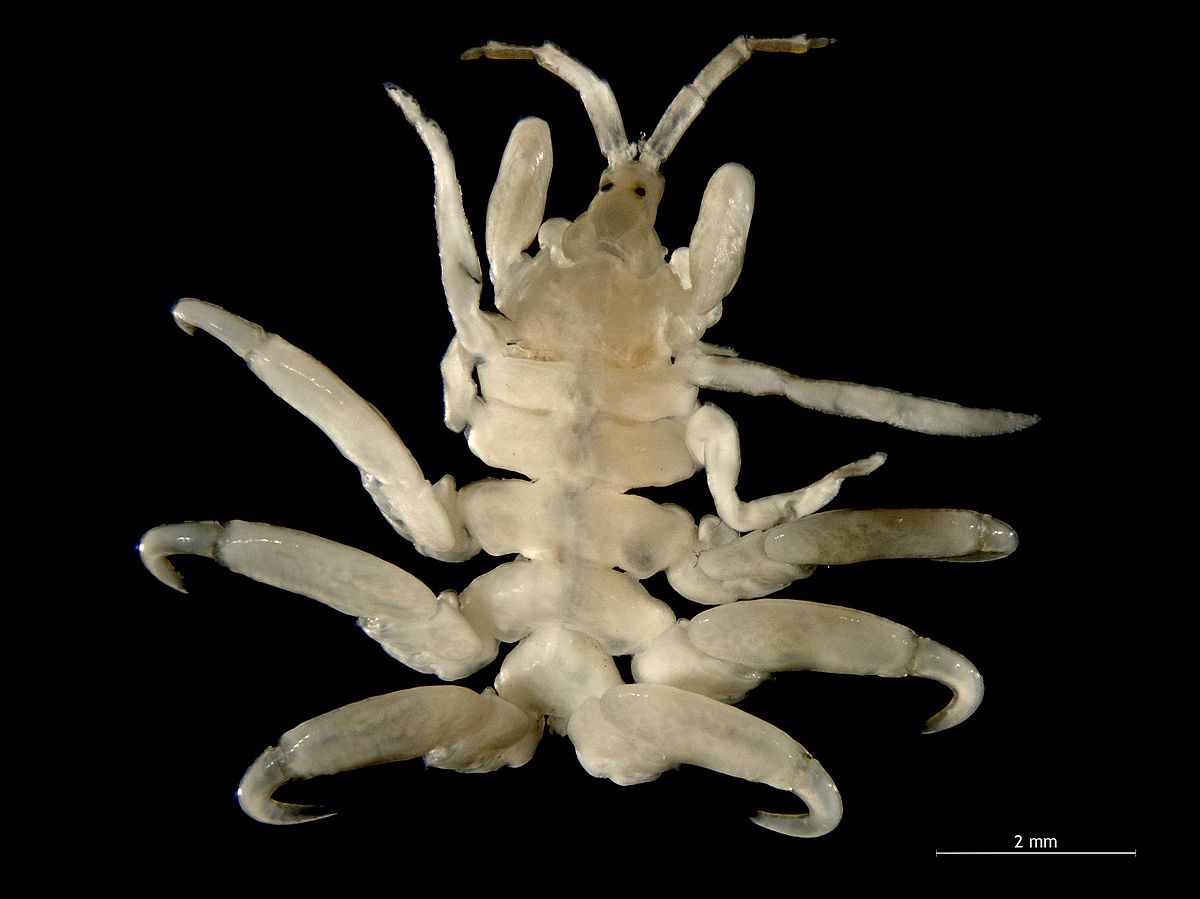Whale lice. Who’da thunk it?
At the Whale Museum last Thursday, most of you probably noticed the display case containing various parasitic invertebrates that can sometimes cause whales a lot of grief.
One of the species displayed was the parasitic whale barnacle Coronula diadema. These barnacle infections occur frequently and are endemic to many ceteacean’s lifestyle (i.e., humpback and greys for example). Even though they are important, let’s face it they’re not as interesting as freakin’ WHALE LICE!! What a crazy concept. I mean you see barnacles in the intertidal zone all the time. So for this entry I’ll focus on cyamids and why, despite their cool-factor, whales are not exempt from itchy skin.
Cyamids are pelagic amphipods that live exclusively on the epidermis of whales. Not very much is known about them but research has shown that for the most part they are host-specific, meaning that each species of cyamid only infects one species of whale. This trend is more pronounced in Mysticetes than Odontocetes but only cyamids from the genus Cyamus have been found on Mysticetes where as all six genera of cyamids have been found on Odontocetes. These distributions are also reflected in migration patterns.
Cyamids are thought to spread between individual whales in three possible ways: nursing young, copulation and bodily contact while swimming. The first two happen much more frequently. They recruit as larvae in the water column, most likely by chemical cues. Cyamids have barbed appendages that help them burrow further into a whale’s skin. Gut analysis of cyamids suggest that they feed on the outer layer of skin which contains the pigments. They also feed on encrusting algae.
Aren’t you glad that there aren’t some parasitic larval amphipods floating around in the air, picking up on chemical cues from your skin and waiting to burrow into it and start feeding on your dead skin cells? Because I am.
Here is where I found most of the information:
http://crustacea.nhm.org/people/martin/publications/pdf/32.pdf
http://www.jstor.org/stable/pdfplus/3274363.pdf
Keep it real, y’all
-SL



